Preventive Gastropexy Surgery for Dogs in Orange County, CA
Top 3 Takeaways
The Heartbreaking Truth About GDV – And How Preventive Gastropexy Can Help
If you’ve ever seen the beloved 2008 movie Marley & Me, you might recall a gut-wrenching scene in which Marley, a lovable Labrador Retriever, dies suddenly from a condition called bloat—also known as Gastric Dilatation-Volvulus (GDV). Unfortunately, this is not just a fictional event. GDV is a very real and life-threatening condition, especially common in large-breed dogs.
Here in Orange County, CA, where active dog breeds are popular and families often enjoy hiking, beach walks, and outdoor play with their pets, the risk of GDV is a serious concern. That’s why Bliss Animal Hospital offers preventive gastropexy surgery—a proven, elective procedure that can dramatically reduce your dog’s risk of developing bloat in the first place.
This blog post will walk you through everything you need to know about preventive gastropexy surgery, including how it works, when it’s recommended, which dogs need it most, and what the recovery looks like. If you have a high-risk breed or you’re planning an elective procedure like a spay or mass removal, this could be one of the most important preventive steps you take for your pet.

Figure 1: The 2008 film “Marley & Me” brought national attention to the tragic reality of GDV (bloat) in dogs, as the beloved Labrador Marley passes away from this condition—highlighting why preventive gastropexy is so important for at-risk breeds.
What Is GDV and How Does Gastropexy Help?
Gastric Dilatation-Volvulus (GDV) is a condition where the dog’s stomach fills with gas and twists on itself. Once this torsion occurs, the stomach can’t release its contents, blood flow is cut off, and the dog enters shock rapidly. Without emergency surgery, GDV is often fatal within a matter of hours.
That’s where gastropexy comes in. This is a surgical procedure that permanently attaches the stomach to the abdominal wall, preventing it from twisting. While it doesn’t stop the stomach from bloating with gas, it prevents the life-threatening volvulus (twisting) from occurring.
At Bliss Animal Hospital in Orange County, CA, we perform this as a preventive procedure, often during elective surgeries like spays, neuters, or mass removals. It’s minimally invasive, safe, and incredibly effective at reducing future risk.
Which Dog Breeds Are at Highest Risk?
Some breeds are genetically predisposed to GDV due to their deep-chested anatomy. If your dog belongs to any of the following breeds, preventive gastropexy should strongly be considered:
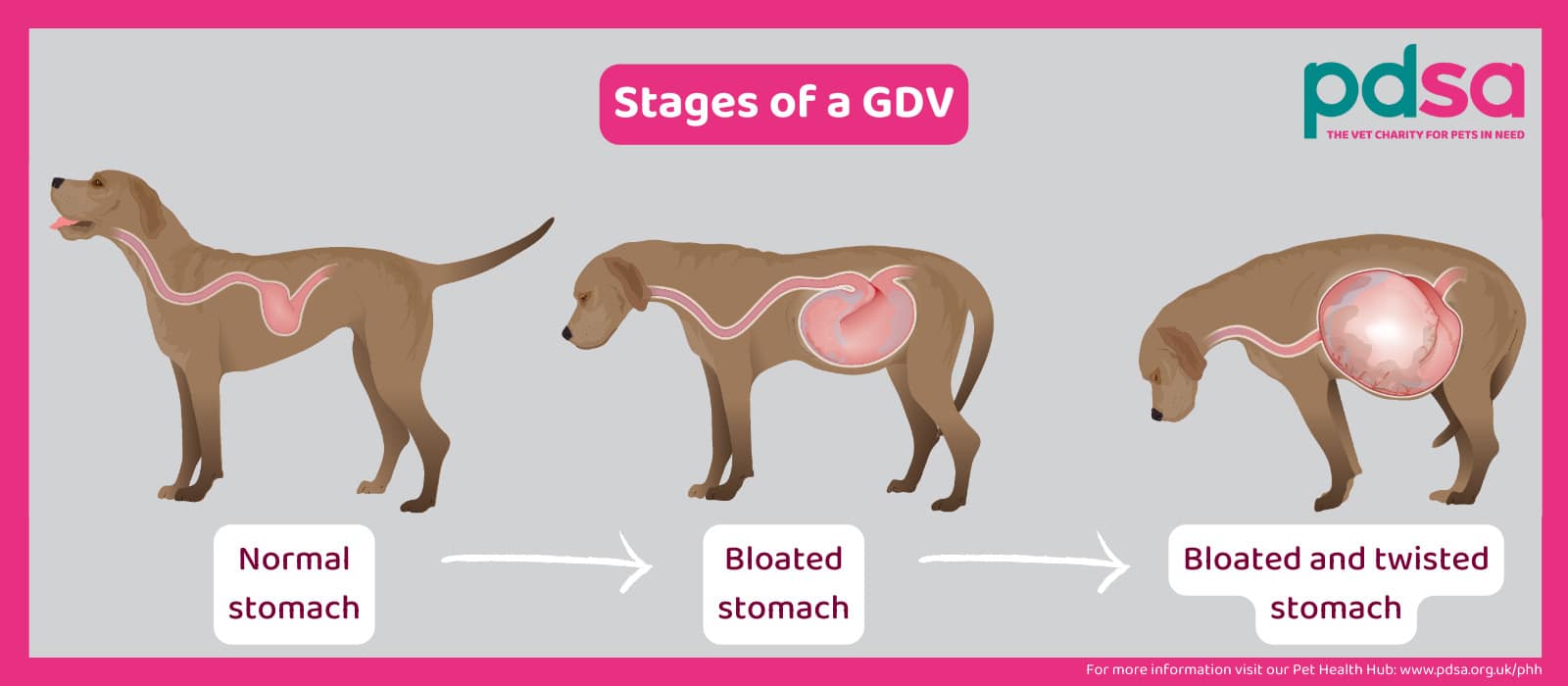
Image 2: Stages of Gastric Dilatation-Volvulus (GDV) in Dogs: This illustration shows the progression of bloat in dogs, from a normal stomach to a dangerously bloated stomach and finally to a life-threatening twisted stomach. Source: www.pdsa.org.uk/
In Orange County, CA, many families and active pet owners have dogs from these breeds. With our local lifestyle that includes lots of exercise, car rides, and energetic activities, the risk becomes even more pronounced. Preventive gastropexy offers long-term peace of mind for these pets and their families.
When Is Preventive Gastropexy Recommended?
At Bliss Animal Hospital, we typically recommend preventive gastropexy in the following situations:
Our veterinary team will assess your dog’s anatomy and risk profile. If appropriate, we’ll recommend gastropexy as an add-on during the planned surgery. This minimizes anesthesia exposure and recovery time.
What Does the Preventive Gastropexy Procedure Involve?
Preventive gastropexy is a surgical procedure performed under general anesthesia. Here’s how it works:
In most cases, the gastropexy is performed via an open abdominal incision, especially when combined with other procedures like a spay. The surgery typically takes 30 to 90 extra minutes when added to another procedure. It’s well tolerated and has a low complication rate.
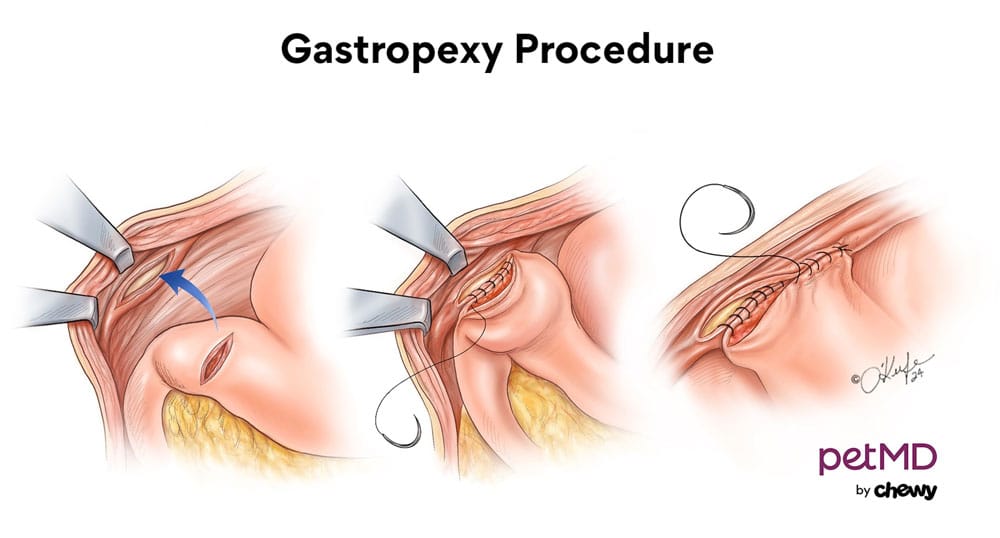
Figure 3: Step-by-step illustration of a gastropexy procedure: the stomach is surgically “tacked” to the right side of the abdominal wall, preventing it from twisting—a life-saving intervention to stop GDV (bloat) before it starts. Source: petMD by Chewy.
What Is the Recovery Process Like?
Recovery from a preventive gastropexy is relatively straightforward. If it’s done during another surgery (like a spay or neuter), recovery is typically no longer or more painful than a standard surgical recovery. Here’s what to expect:
Dogs bounce back quickly, especially when young. Bliss Animal Hospital provides customized recovery instructions, and we’re always available for follow-up questions or concerns. In Orange County, CA, our clients love the convenience of receiving full recovery support from our compassionate veterinary team.
Is Preventive Gastropexy Safe?
Yes. When performed by an experienced veterinarian, preventive gastropexy is considered very safe. Risks are minimal, and the benefits—especially for high-risk dogs—far outweigh the surgical risks.
Potential complications may include:
At Bliss Animal Hospital, we use sterile surgical technique, advanced monitoring, and pain management to ensure your dog’s comfort and safety at every step.
How Much Does Preventive Gastropexy Cost?
In Orange County, CA, the cost of preventive gastropexy typically ranges from $800 to $2,500, depending on:
At Bliss Animal Hospital, we provide transparent pricing, payment plans thru CareCredit and estimates in advance. Pet insurance may also cover the procedure if your dog is classified as high-risk.
Why Choose Bliss Animal Hospital for Preventive Gastropexy in Orange County, CA?
Bliss Animal Hospital is known for delivering Better Care. Better Medicine. We’re a family-run practice in Orange County, CA that prioritizes education, prevention, and compassionate surgical care.
Here’s why pet parents trust us for preventive gastropexy:
Preventive care like gastropexy gives your dog the best shot at a long, healthy life.
Final Thoughts – Stop GDV Before It Starts
You never want to face the devastating loss that Marley’s family did in Marley & Me. Fortunately, you don’t have to. If you own a dog at risk of GDV, preventive gastropexy is one of the smartest decisions you can make.
In Orange County, CA, where dogs are family and adventure is part of life, Bliss Animal Hospital is here to help you plan ahead. We integrate preventive gastropexy seamlessly into your pet’s surgical care, keeping your pup safe, healthy, and protected for years to come.
Call to Action:
If you think your dog may benefit from preventive gastropexy, call Bliss Animal Hospital today at (949) 354-5201 to schedule a consultation.
We’ll walk you through every step of the process and help you make the best decision for your dog’s future.
About Bliss Animal Hospital
Our team, led by Dr. Nayara Pataro and Dr. Sam Amirshahi, is dedicated to providing compassionate, top-rated care right here in South Orange County. With a strong emphasis on relationships and personalized veterinary care, we’re here to support you and your pet’s health and happiness. If you’re looking for convenient, high-quality care nearby, check out our veterinarian services in Lake Forest, CA and surrounding areas like Veterinarian near Mission Viejo, CA, Irvine, CA Veterinarian (Great Park and Portola Springs) and vet near Rancho Santa Margarita, CA.


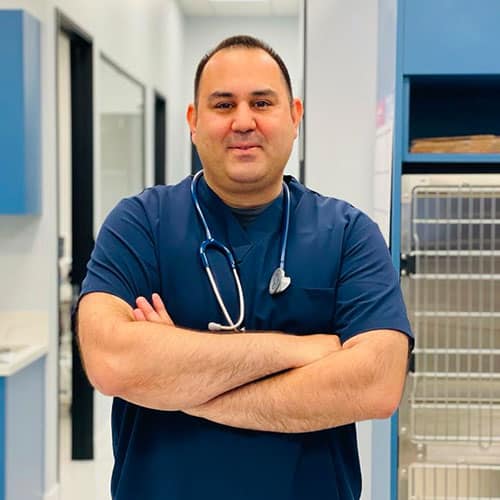
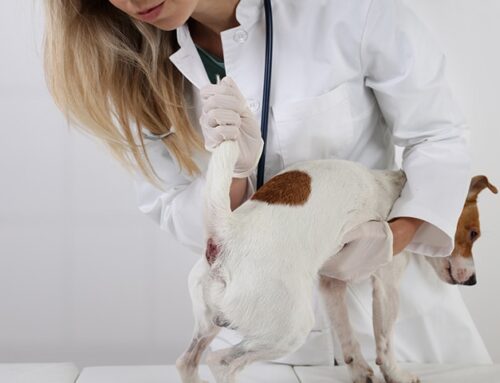
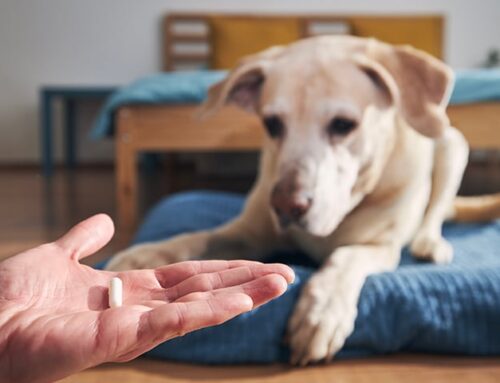

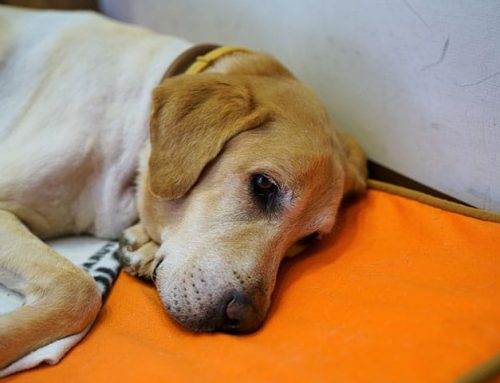



Leave A Comment